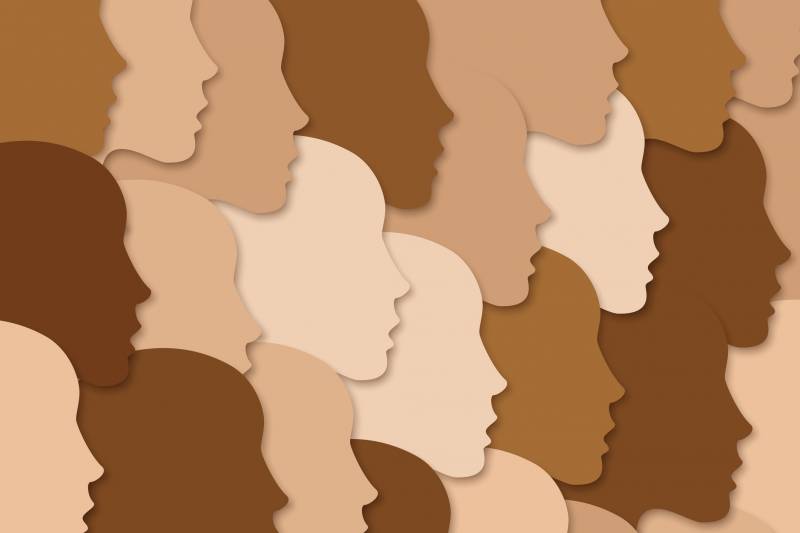Across the nation, 13 percent of Black students were diagnosed with disabilities at school, far higher than the 9 percent disability rate among white children, according to the most recent tally of the U.S. Department of Education. The disabilities range from dyslexia and speech impairments to emotional and psychological disorders that include hyperactivity and aggression. Many civil rights advocates argue that hundreds of thousands of Black students who don’t have disabilities are misdiagnosed with them, separated from their peers and funneled into low-level classrooms. The federal government monitors this removal and calculated that in 2019, 22 percent of Black students with disabilities were learning outside of a regular classroom 60 percent or more of the time. Only 16 percent of white children with disabilities were separated from their peers to this extent.
But a team of scholars from Pennsylvania State University and the University of California, Irvine, believe that these raw disability numbers are misleading. They argue that the incidence of more severe disabilities is much higher in impoverished populations. Black children are more likely to live in poor communities where premature births, poor nutrition and healthcare, drug addiction, stress and high levels of lead can lead to higher rates of disabilities, and more severe ones. There may genuinely be more need among Black children for intensive services and a different pacing of instruction.
“We're not finding evidence that special ed placement is being used as an alternative method of racially segregating students of color,” said Paul Morgan, lead author of the study and a professor of education at Penn State. “The federal regulations don't take into account anything like we were doing here, like are there differences in impairment? Are there differences in the potential need for more intensive services?”
Morgan’s views are controversial, and they are at odds with the Department of Education’s directive to make sure that rates of removing children from general education classrooms don't diverge too much by race and ethnicity. Schools that fail are required to fix their inequities by spending a big chunk – 15 percent – of their federal funds designated for helping students with disabilities. This penalty has, in turn, made some schools with high numbers of Black children in special education reluctant to diagnose additional Black children and assign them to special education classes – regardless of a child’s needs, some researchers say.
In the study, “Which Students With Disabilities are Placed Primarily Outside of U.S. Elementary School General Education Classrooms?,” published in the Journal of Learning Disabilities in May 2022, researchers analyzed a nationally representative survey of students who began kindergarten in 1998 and another survey of students who began kindergarten in 2011. Roughly a thousand children in each survey had a disability diagnosis. Their teachers noted whether the student primarily learned in a regular classroom with their peers, or if they were pulled out for special services most of the time and primarily learned in a separate classroom or a separate school for students with special needs.


